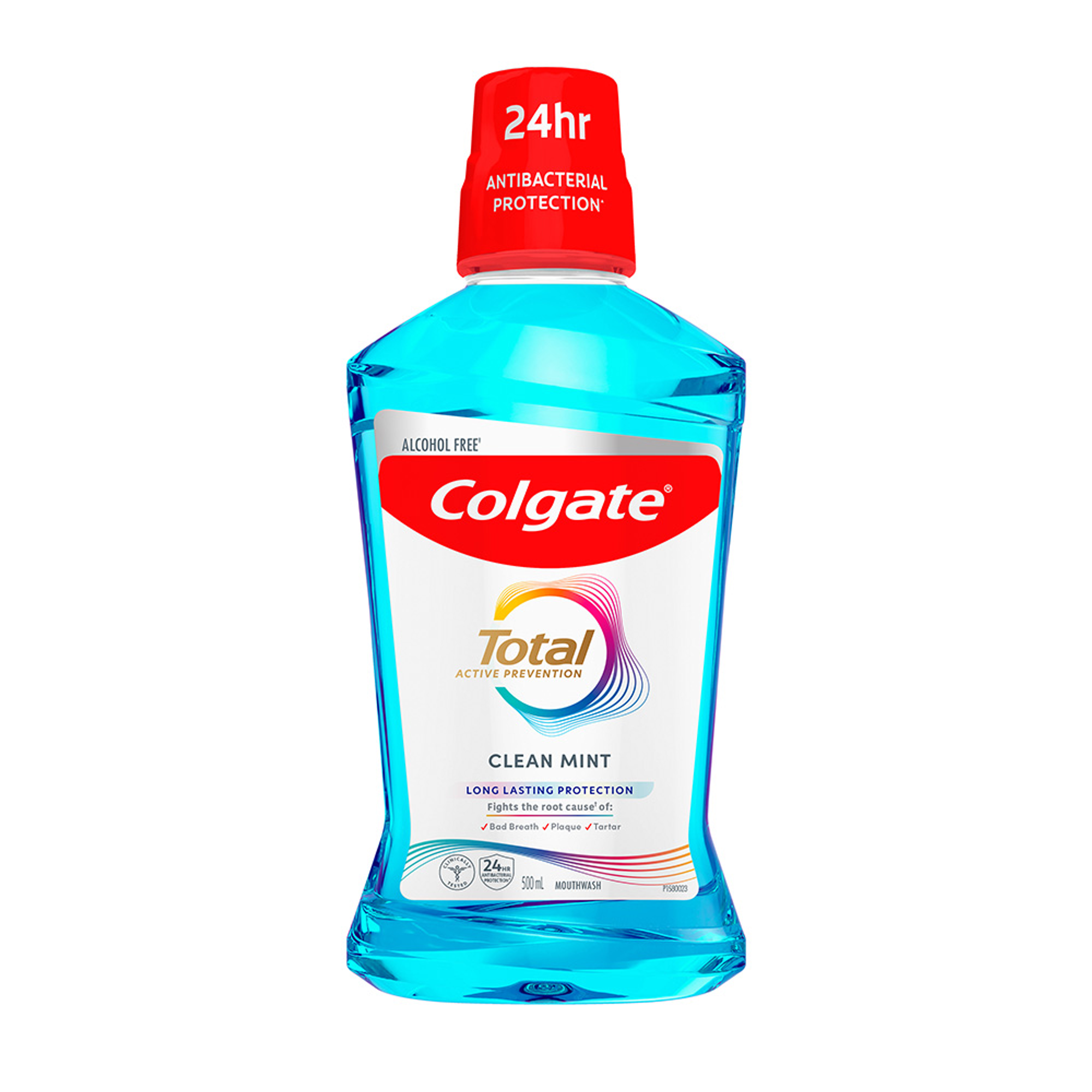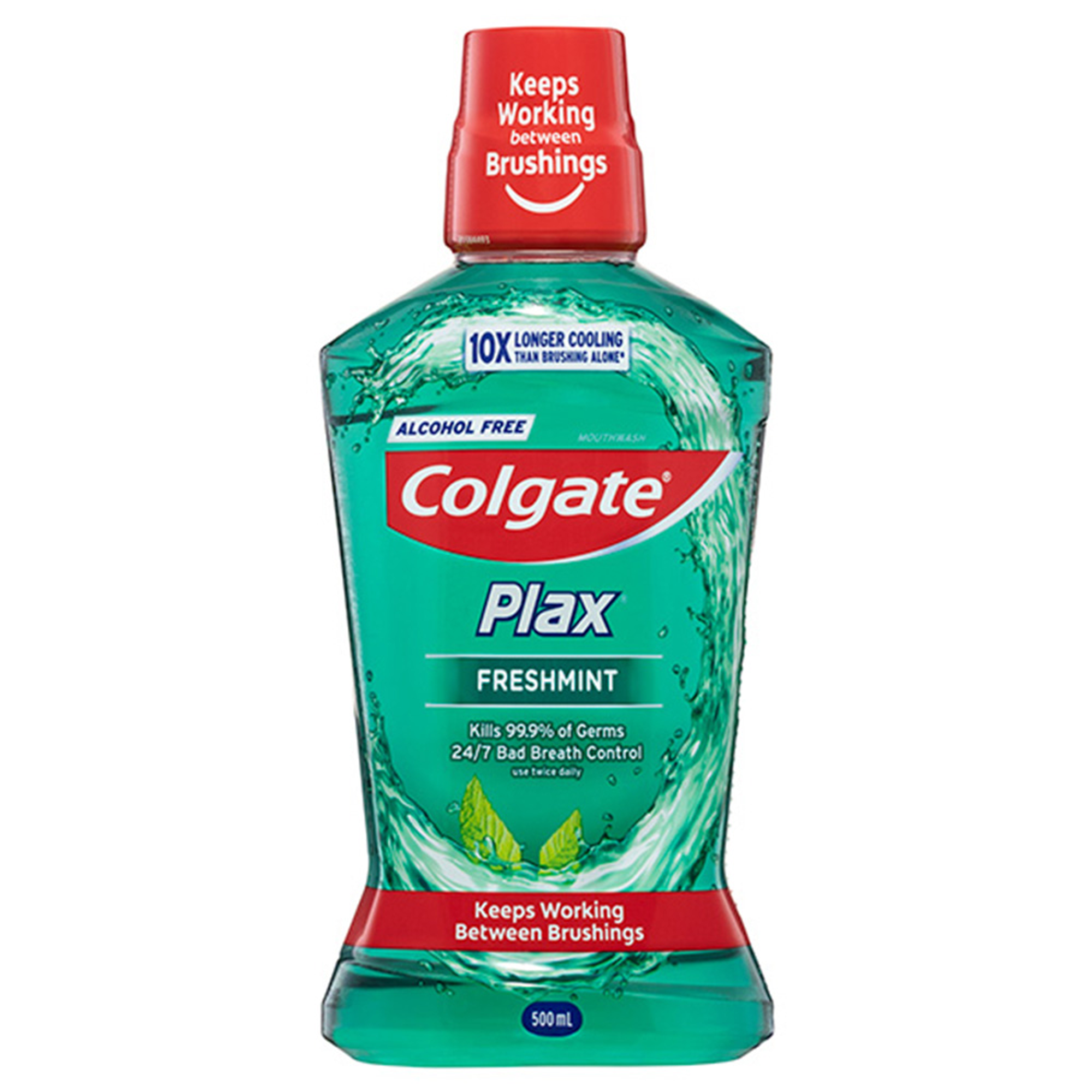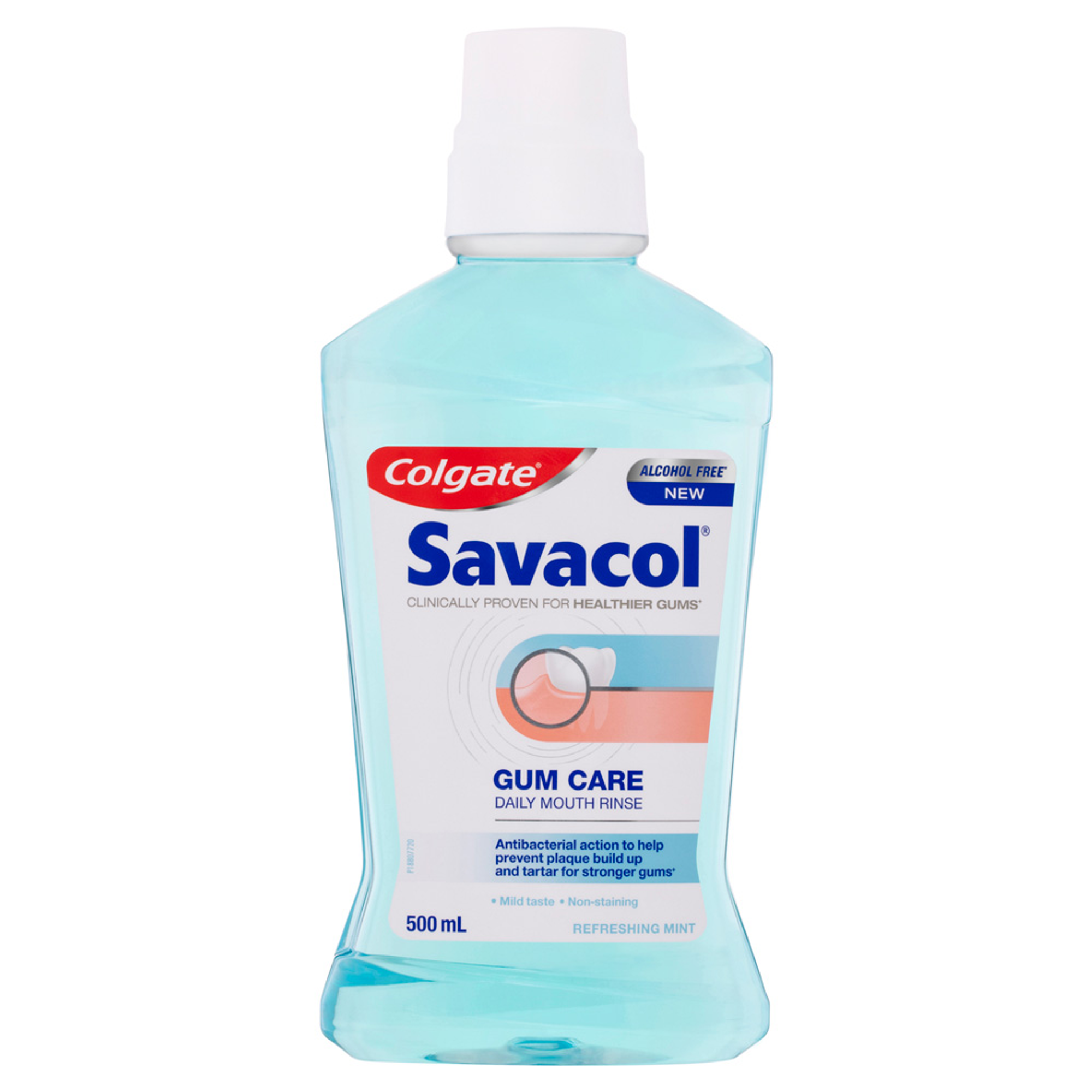Orthodontic care is an investment in a smile, however the orthodontic treatment itself isn’t the only important part. Preventive care and diligent home care during orthodontic therapy can help determine the outcome and aesthetics of your patient’s smile. As dental professionals we need to make sure the parents of children receiving orthodontic treatment understand how to avoid potential problems and help their children achieve the desired outcome. That means being able to explain to parents and patients what the challenges are and how good home care can help.
Helping Parents Understand the Challenges
Proper plaque control for teenagers tends to be a particular challenge. Regular brushing and flossing may not have been well-embedded in their personal routine prior to orthodontic therapy. Orthodontic appliances can also make good home care difficult. Start a discussion with parents about the challenges of good oral health and partner with them in helping to motivate, encourage and make it easier for their child to improve home care during orthodontic treatment. This is especially important for patients receiving fixed orthodontic therapy since this makes it more difficult to perform good oral hygiene, and places them at risk for gingivitis and dental caries. Parents should fully understand this before their child begins orthodontic treatment, and be reminded at each visit - as should their child. Being honest and upfront can promote collaboration with parents and responsibility on the part of orthodontic patients.
Caries Risk
In one study using quantitative light fluorescence (QLF), 97% of patients who had received fixed orthodontic treatment had white spot lesions at completion of treatment. This was a higher percentage than when only visual examination was performed. These orthodontic white spot lesions are early caries lesions, found adjacent to orthodontic brackets where dental plaque has been allowed to accumulate on the tooth and demineralisation of the enamel has occurred. Discussing white spot lesions with parents ahead of time, and showing them and their child examples in images will help them understand what can happen if extra attention is not spent on home care while receiving orthodontic treatment. We can then explain that effective brushing and fluoride use can make a difference in helping to provide a healthier environment, which will aid in the prevention of white spot lesions. In addition to regular professionally applied 5% sodium fluoride varnish, high fluoride toothpastes, can be considered for use at home in place of regular toothpastes to provide enhanced fluoride protection during orthodontic treatment.Fluoride therapy can also be recommended to help reverse white spot lesions if they have already formed.
The More You Know: Effective Brushing
Brushing around brackets and wires can be challenging. It can be difficult to motivate teenagers, in particular to brush properly and to spend enough time to ensure full plaque removal. During orthodontic treatment, power toothbrushes such as the Colgate Proclinical can help to remove plaque and motivate kids to brush more often. Interdental cleaning is also necessary and as flossing can be difficult with brackets and wires in place, the use of interdental brushes or a water flosser such as Colgate Blast are recommended as alternatives. Electric brushes have been shown to improve the removal of plaque, which is important for all patients and especially during the challenges of oral hygiene during orthodontic treatment.
Takeaways
- Parents need to understand the challenges during orthodontic treatment and how they can support their child's home care
- Armed with knowledge, parents can partner with their child to mutually commit to investing time and effort in their smile
- An electric toothbrush such as the Colgate Proclinical can help parents by assisting their children to improve their brushing.
As with any new task, it takes time to adjust. As dental professionals, we can educate parents of patients receiving orthodontic treatment on what is needed during this time. We can guide them towards solutions and can help to support an understanding and agreement on home care at the beginning of orthodontic treatment, and to help prevent and address challenges.
Join us
Get resources, products and helpful information to give your patients a healthier future.
Join us
Get resources, products and helpful information to give your patients a healthier future.











